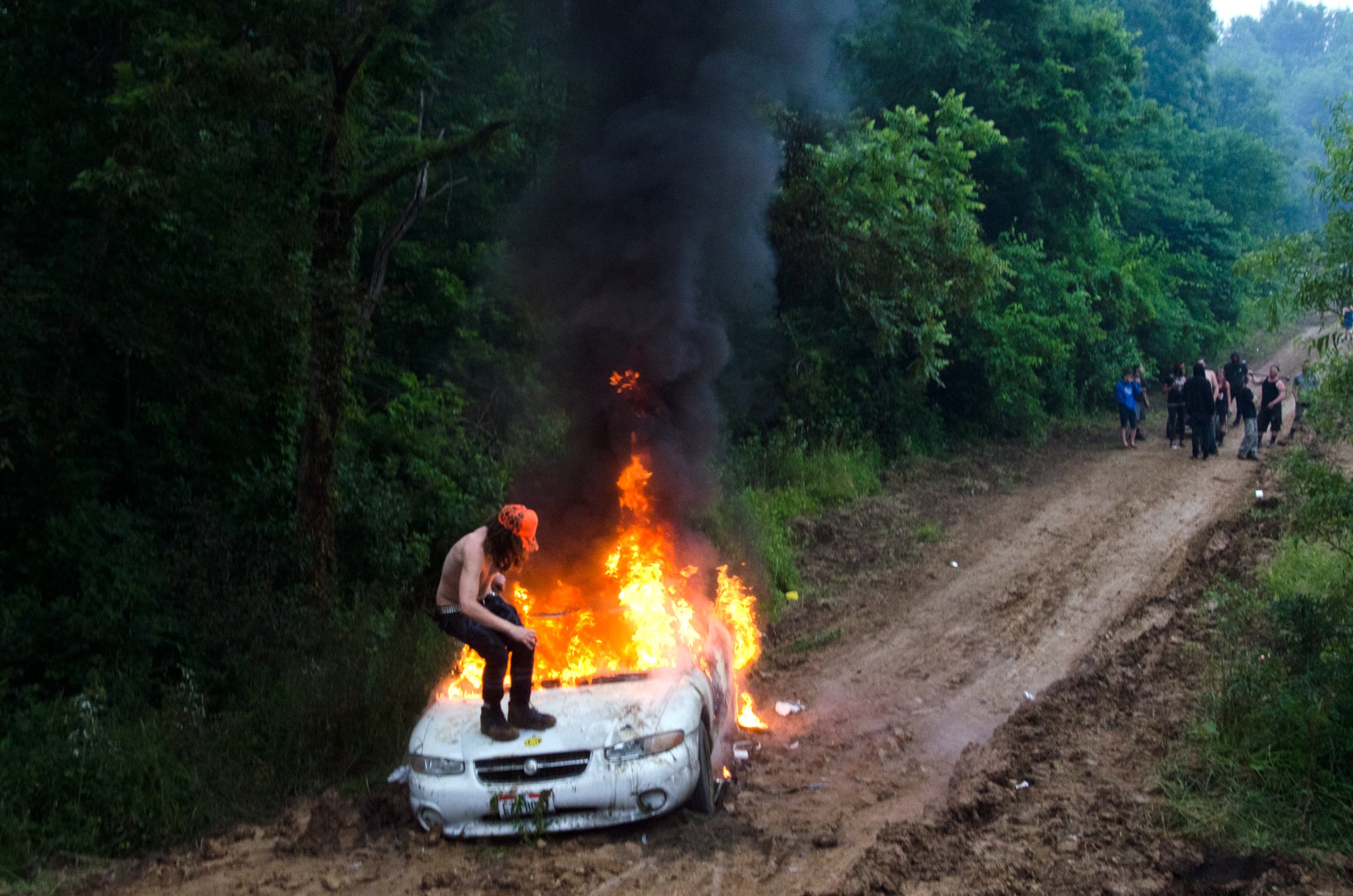
Stacy Krantiz’s photographic series From the Study on Post-Pubescent Manhood is an intense, visceral and unglamorized engagement with a raw and elementary, almost primeval, world of adolescence—where young testosterone, adrenaline, and substance-fueled males partake in the recreational rituals of coming of age, while living life on the edge.
Kranitz was initially drawn to her subject matter through her desire to explore “a hypothesis connecting violence and catharsis.” Yet, beneath the surface, the work allows Kranitz to channel issues related to domestic violence evidenced in her own childhood and reconcile the passing of her youth with her perception of the associated physical and psychological risks and fears.
“Those formative years you build relationships with things. I have that with violence and I’m looking for the redemptive qualities where violence can surpass its darkest aspects” Kranitz told TIME.
At Skatopia—rural Ohio’s sprawling, 88-acre skatepark, known for its nihilistic environment and annual music festivals—Kranitz found, “the place she had been looking for, [with] young kids who were attempting to do violent activities for some sort of emotional release.”
In rural Ohio, where things are pretty spread out, Skatopia provides a focus for community; a refuge and shelter for the disaffected youth who congregate there. “It’s organized as a place where people can come anytime they want 24/7. It attracts people who are close to the edge, whether its drug addition or running from the law.” The complex also provides full-time residence for some.
Although skateboarding is central to Skatopia’s culture, Kranitz—”not wishing to get lost in the language of skate photography”—avoided it as a focus of her work. Instead, she chose to explore—a more extreme iteration of—the universal notion of coming of age, that addresses, “reconciliation with limitations and extremes,” she said. “You can’t draw those lines in your future life without testing the boundaries and there exists this place, built for that purpose, where these kids can have that experience and behave as they choose in a fairly lawless land.”
Kranitz’s images of a dysfunctional brotherhood of unruly, unkempt (and often bare-chested) young men—reflect the immersive perspective of a photographer who takes a participatory role (rather than a voyeuristic approach) in documenting her subjects, which has now spilled over to Kranitz’s personal life. She says it’s been difficult to discern the work from the friendships,which extend to a boyfriend she met while working on the project. “There’s isn’t a public verses private relationship with the people I’ve met there.”
Kranitz has been working on the project since 2009, and she can’t escape the story. “It’s very hard, once you start to build those relationships, to exit something,” she said. “This year will be the 20th anniversary of Skatopia, I think it’s important to go this year and continue the work.”
Now that she has outgrown the cathartic nature of the place, Kranitz has turned to filmmaking to cover new ground. Her full-length feature film not only offsets the intensity and chaos of her still photographs, but simultaneously acknowledges her role in the image-making process.
The intimate film portrayal of young man named Jerimy—who Kranitz met while working on the larger body of work—slows things down and shows her subject wrestling with the anxieties of coming of age and the desire for independence, within the limitations of relative poverty.
At times awkward and embarrassing it reveals a complex relationship between filmmaker and subject, that sees Kranitz walking a fine line between intimacy and exploitation. It’s an approach that she explains “not as documentation but rather as an exploration of the ethical boundaries of representation and the subversion of the photographer’s ‘role.’ I willingly cross those boundaries to insert myself into the experience.”
Kranitz continues to take risks and test her own boundaries, exploring and finding methodologies to build new ways of working in a postmodern documentary environment. She’s unafraid and learns from her failures and pushing to the next thing. “I hit a certain point when my work really changed and became not just about the subject of my investigations but about my relationship to making documentary work and pushing at some of the constructs of building these alter realities—that are built in reality. I’m trying to reveal, in different ways, where my hand is in the process.”
From the Study on Post-Pubescent Manhood is on show at Little Big Man Gallery in Los Angeles until March 14.
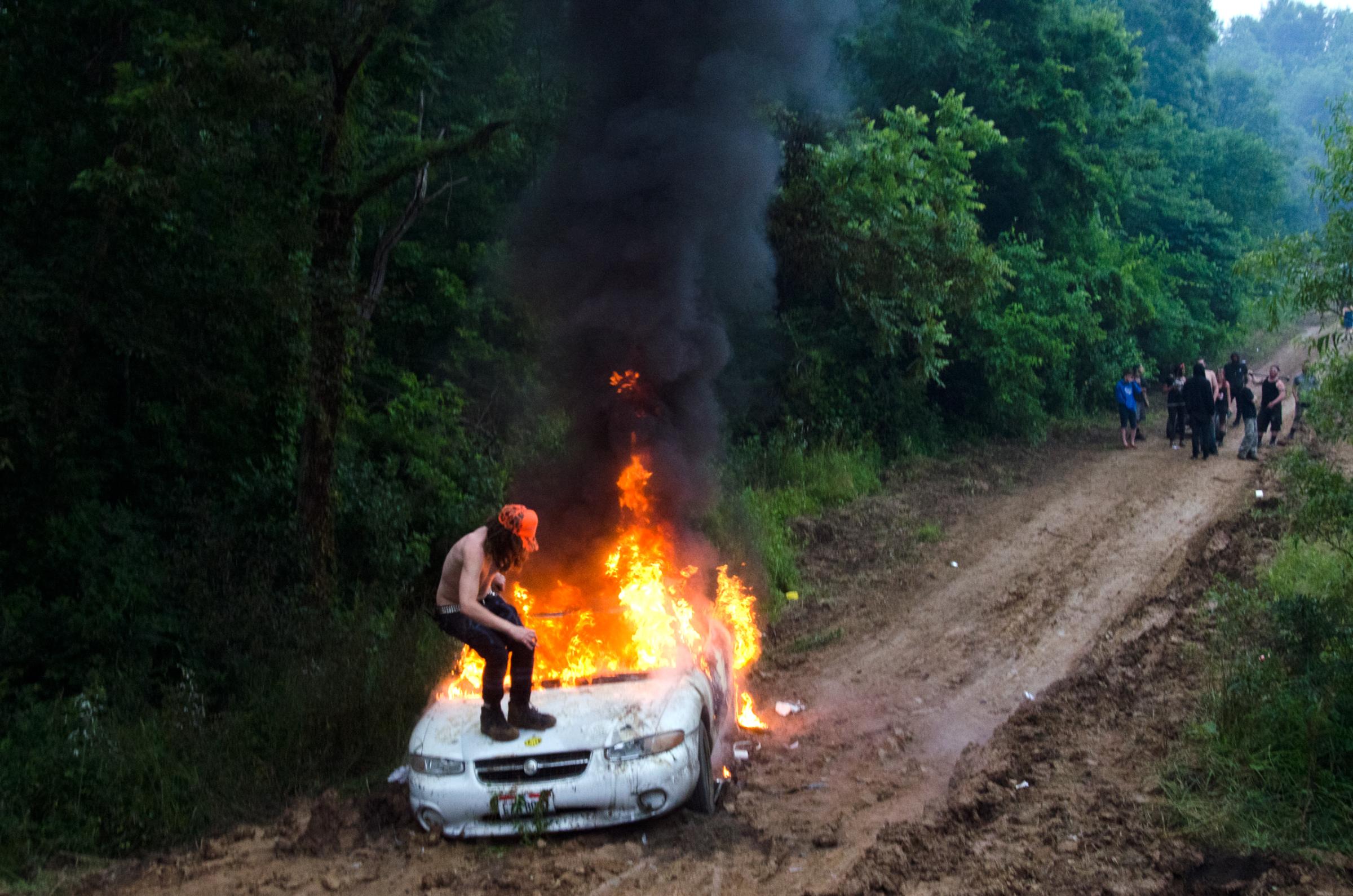
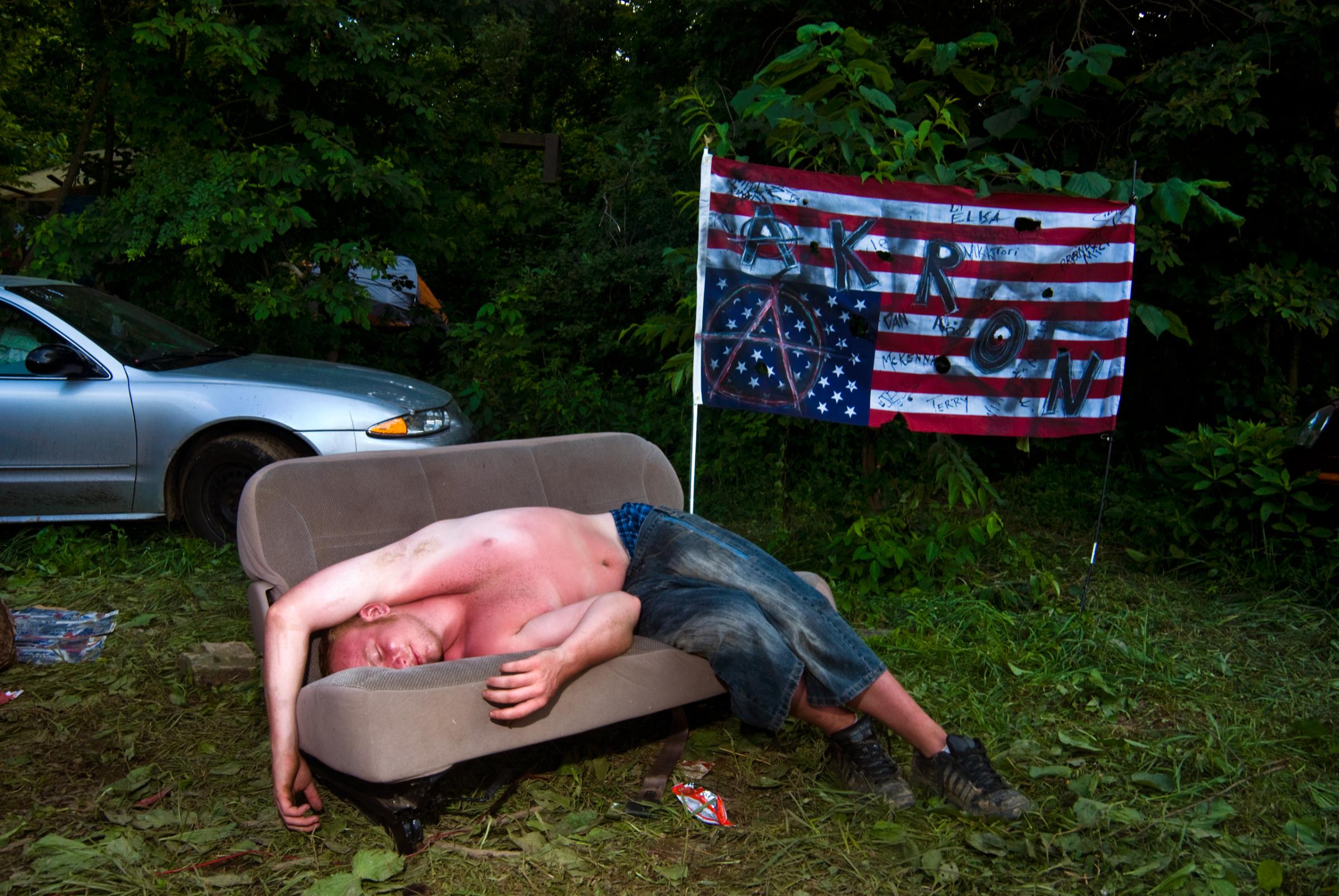
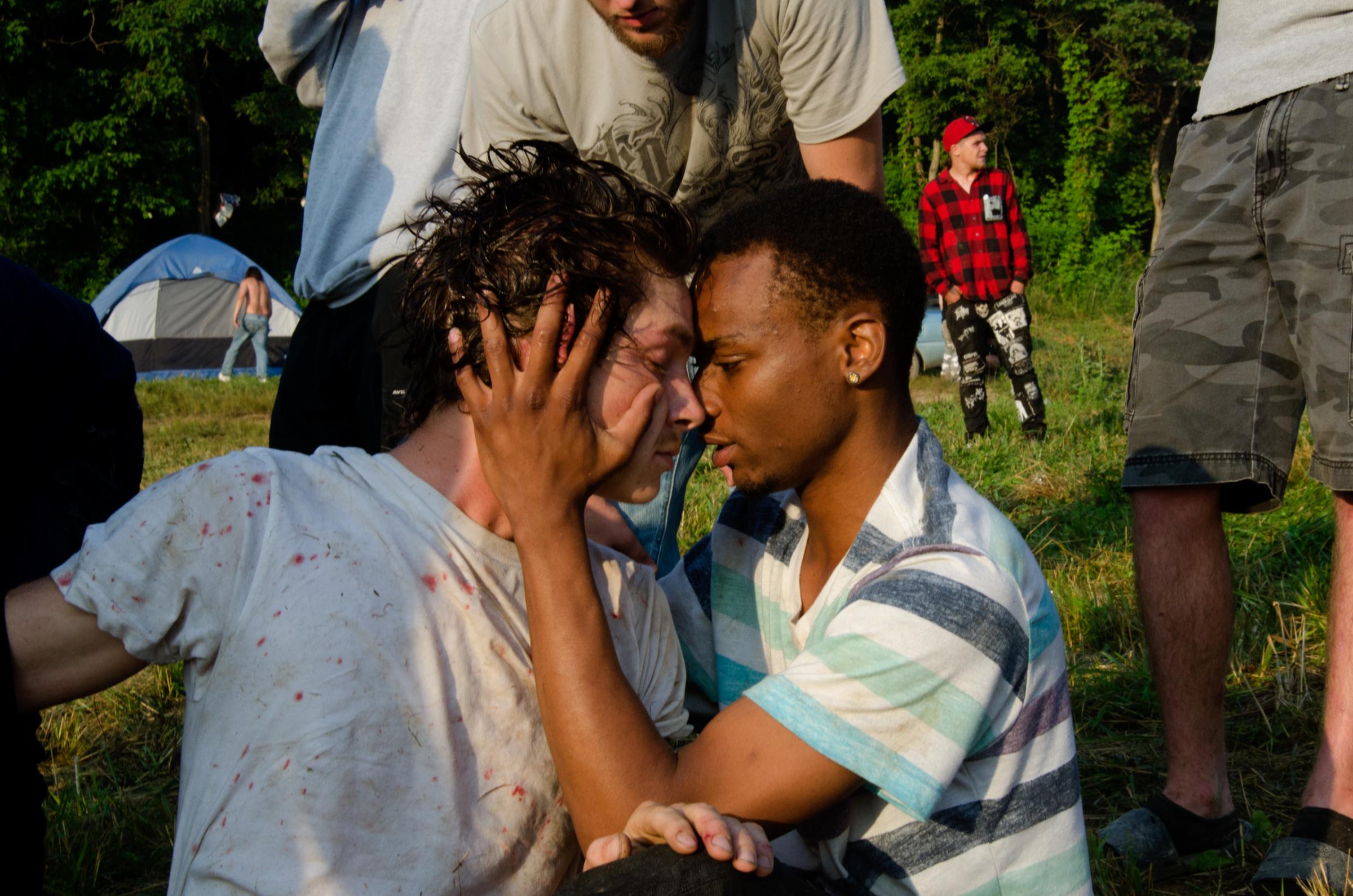
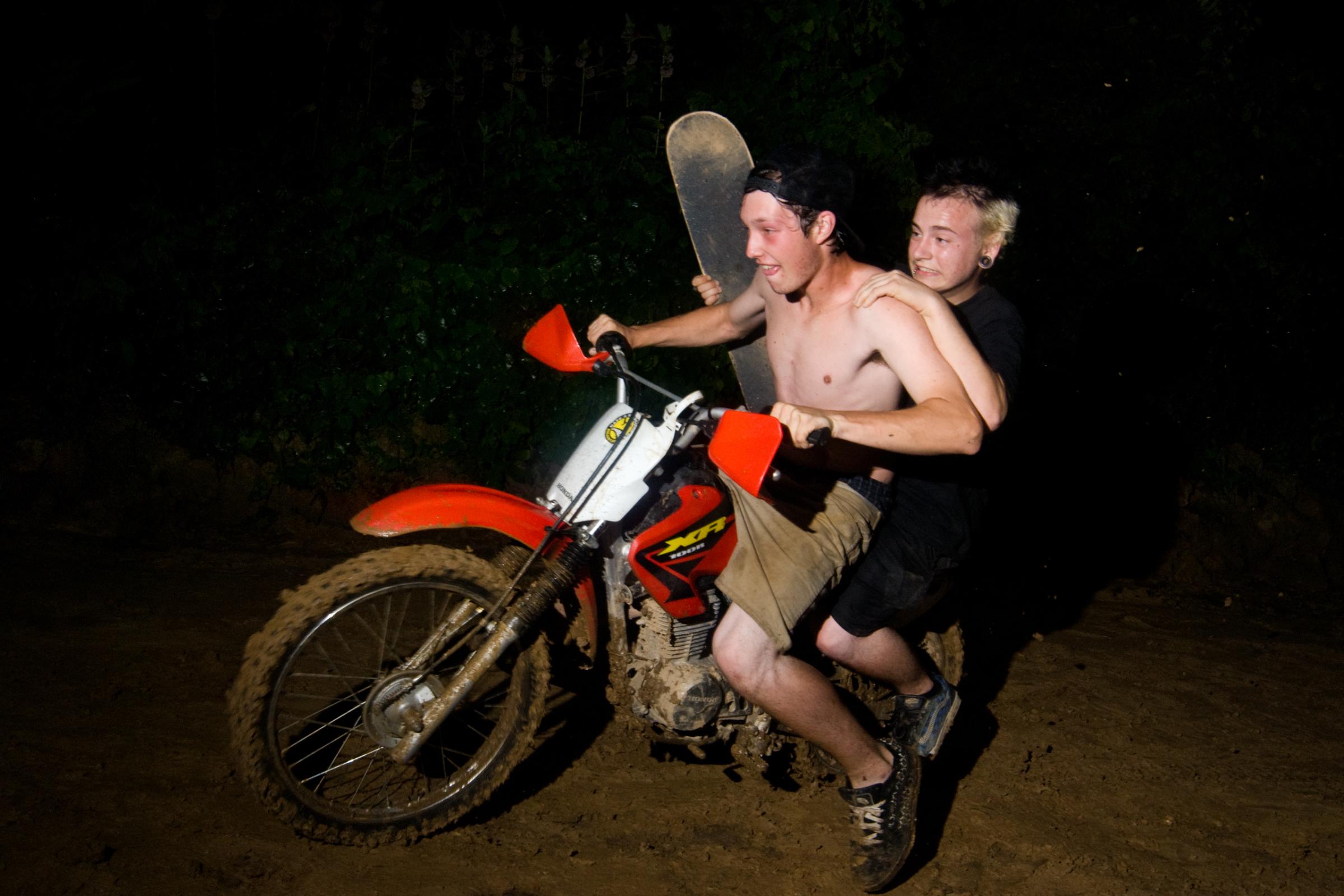
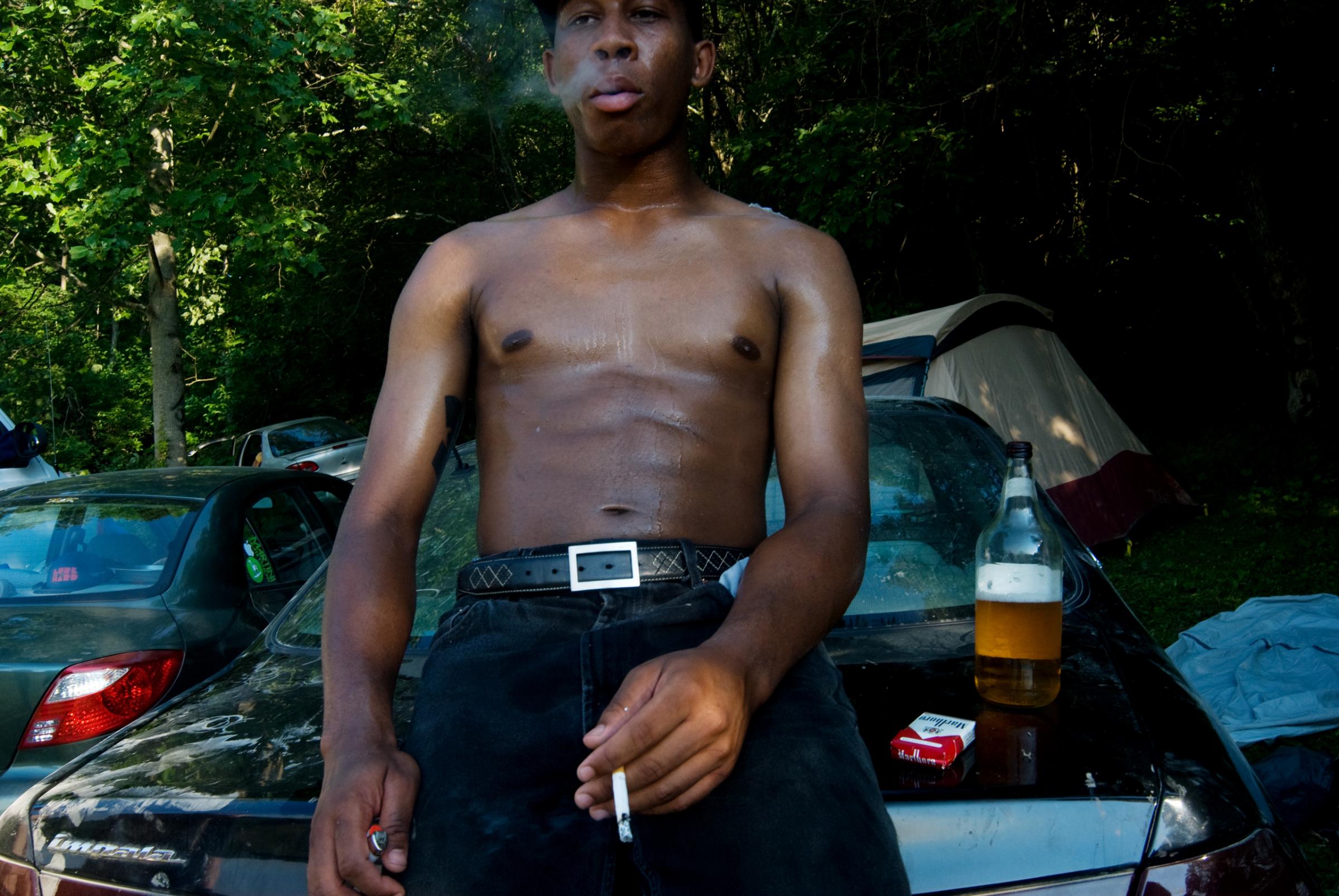
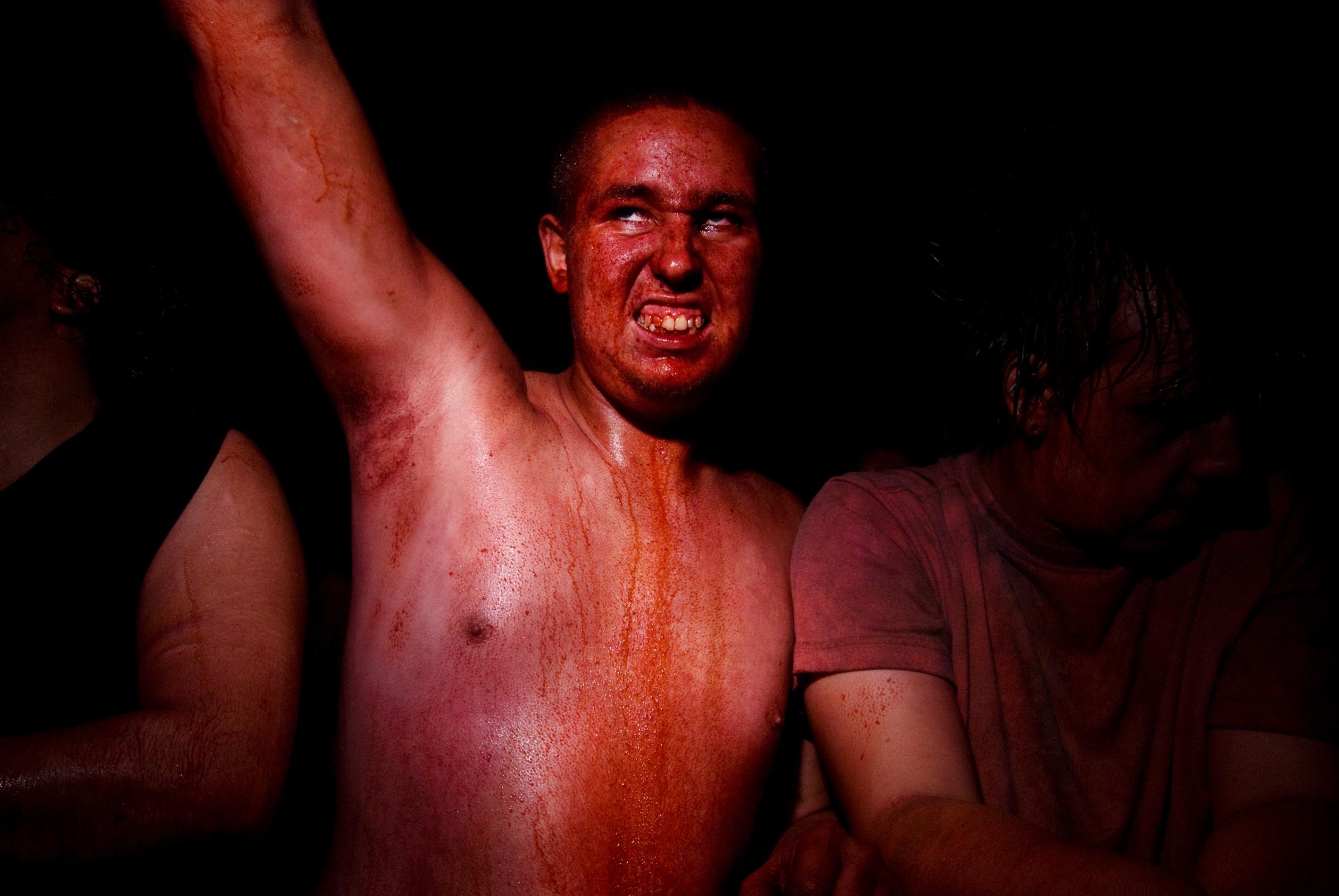
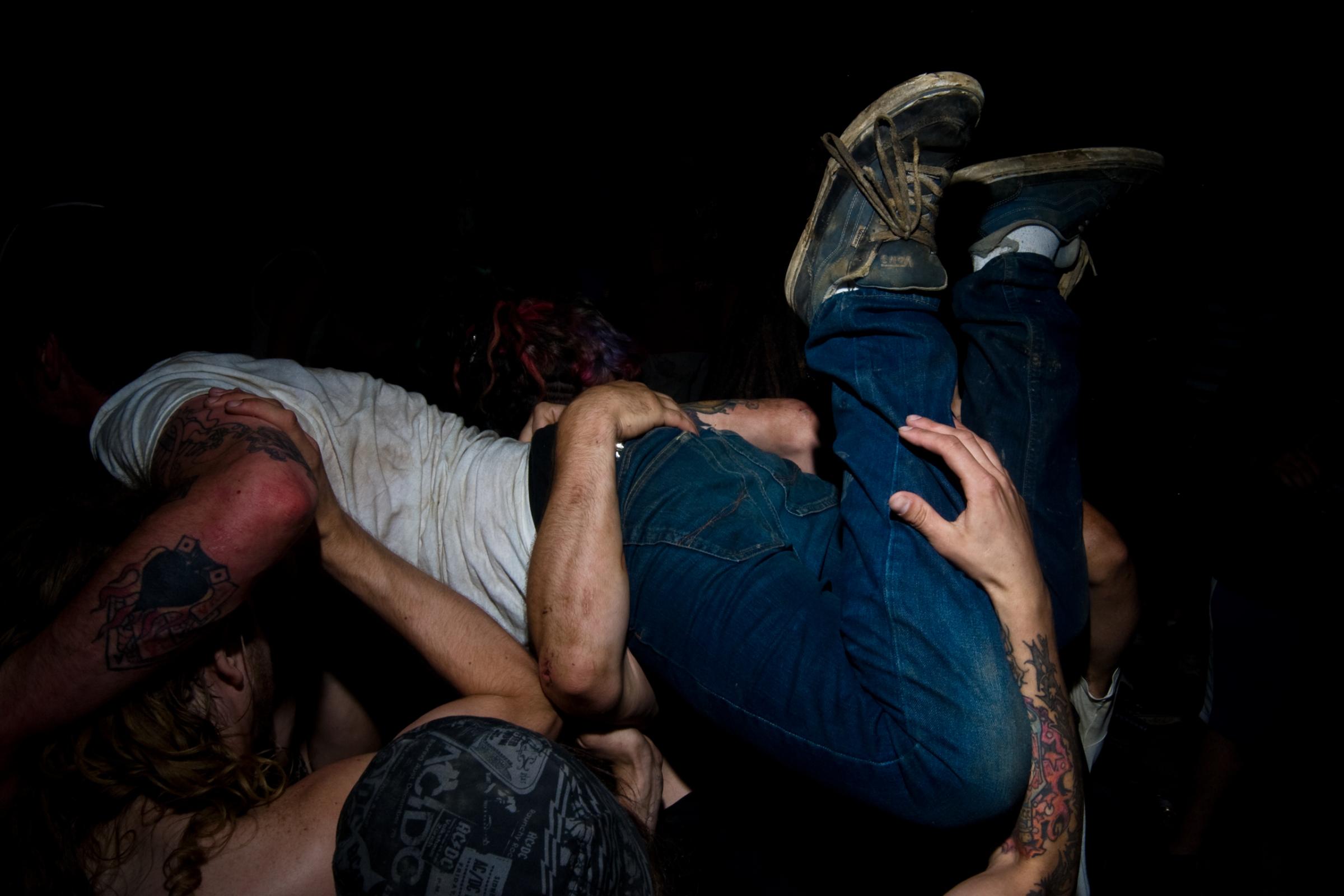
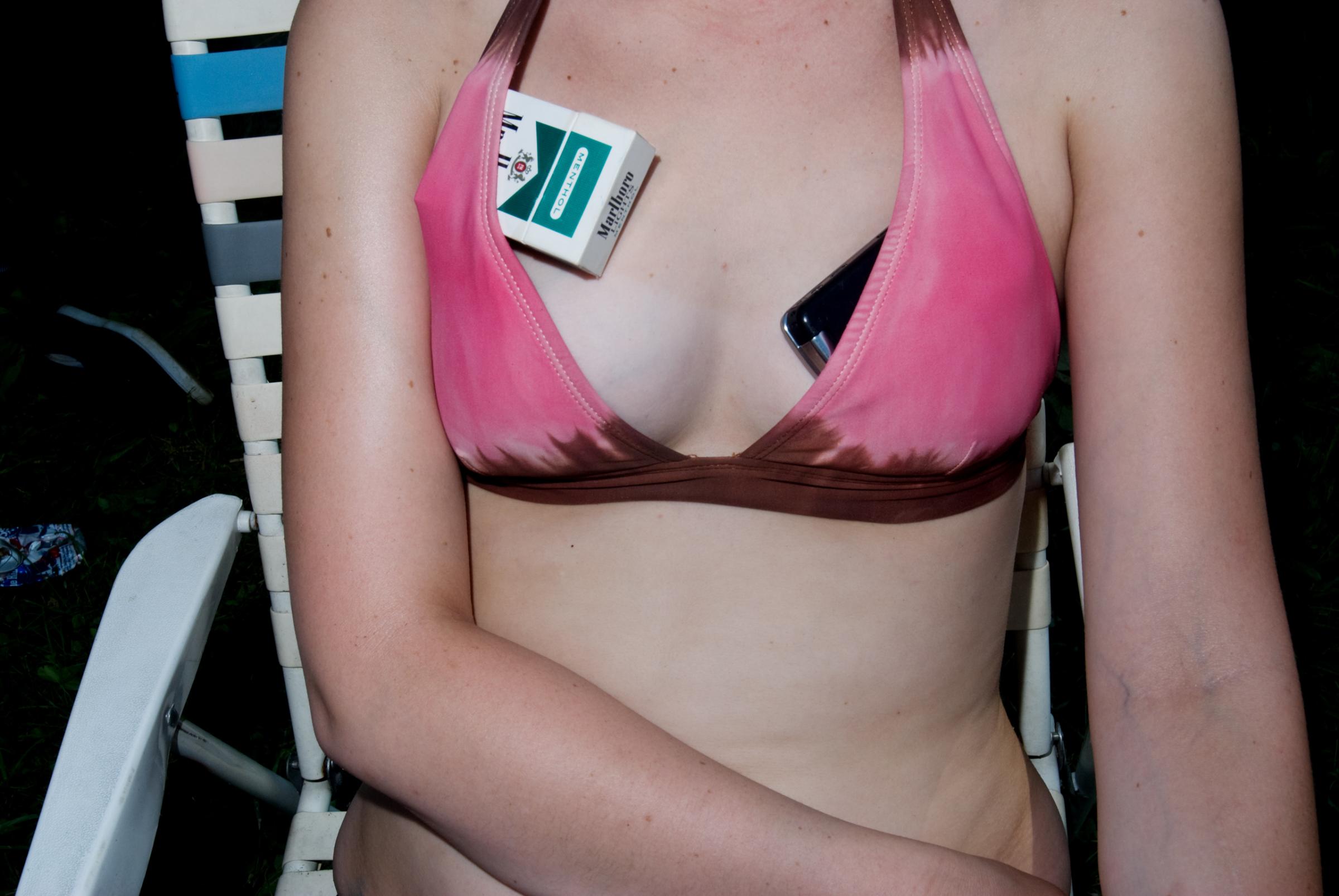
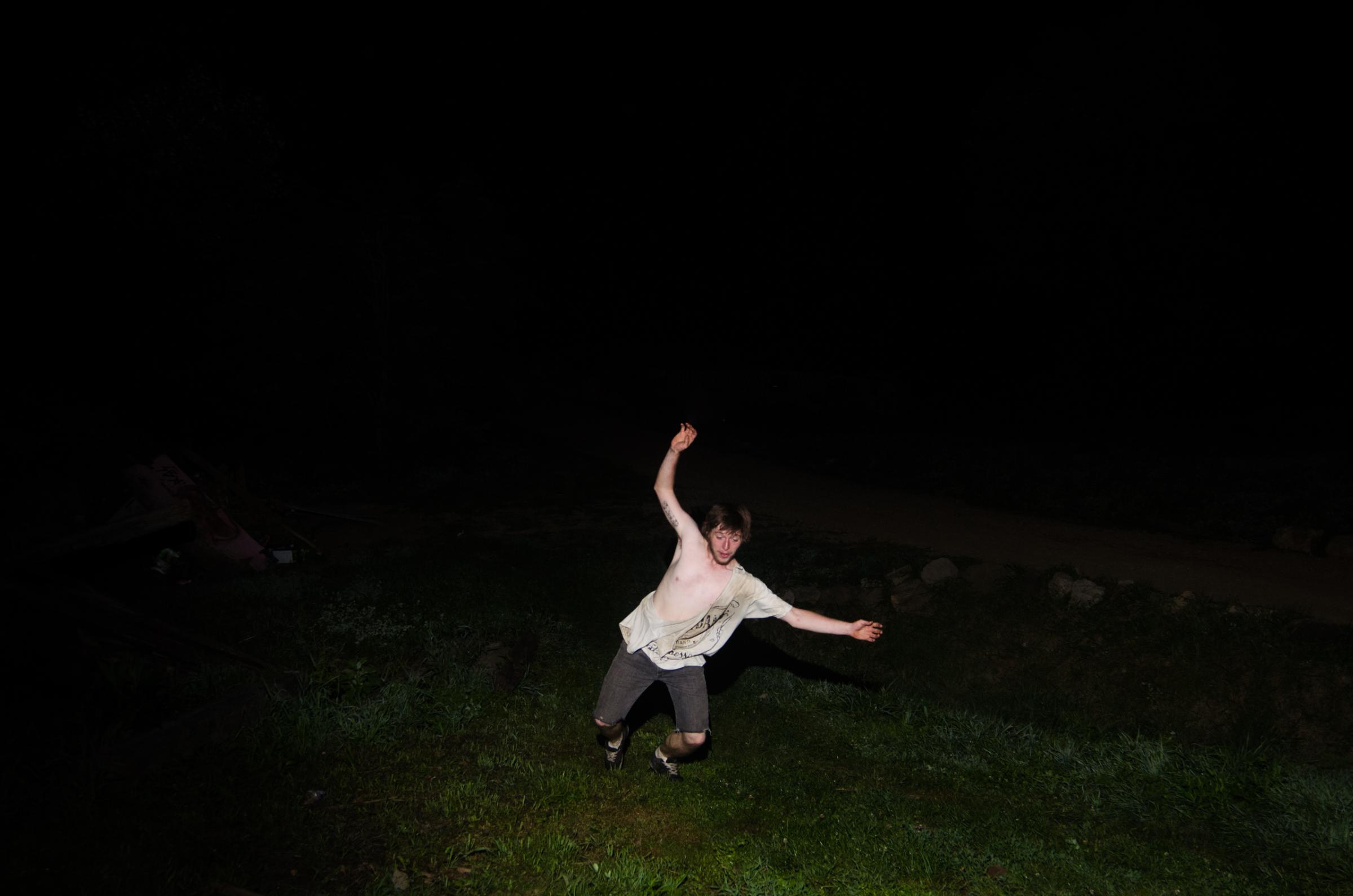

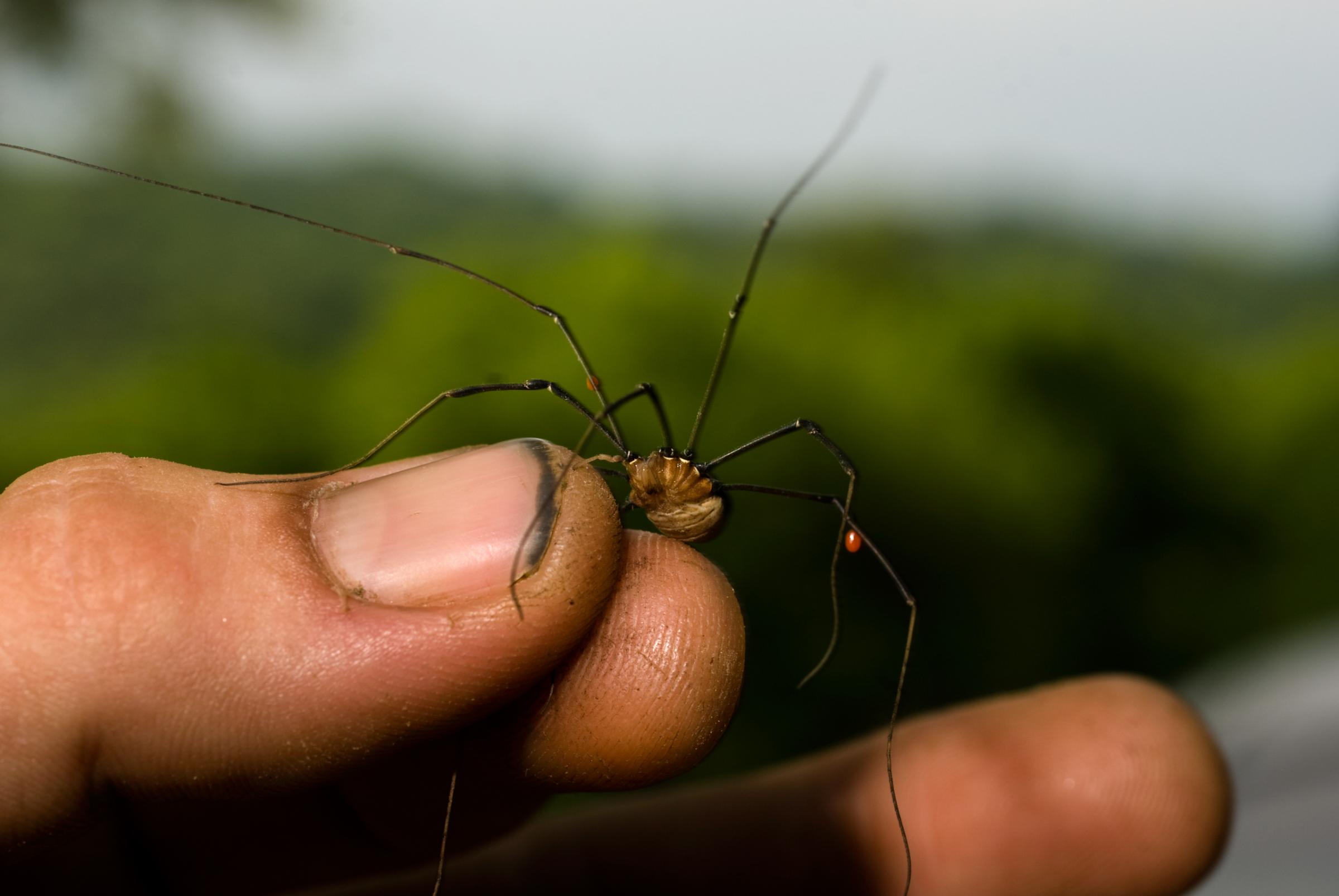
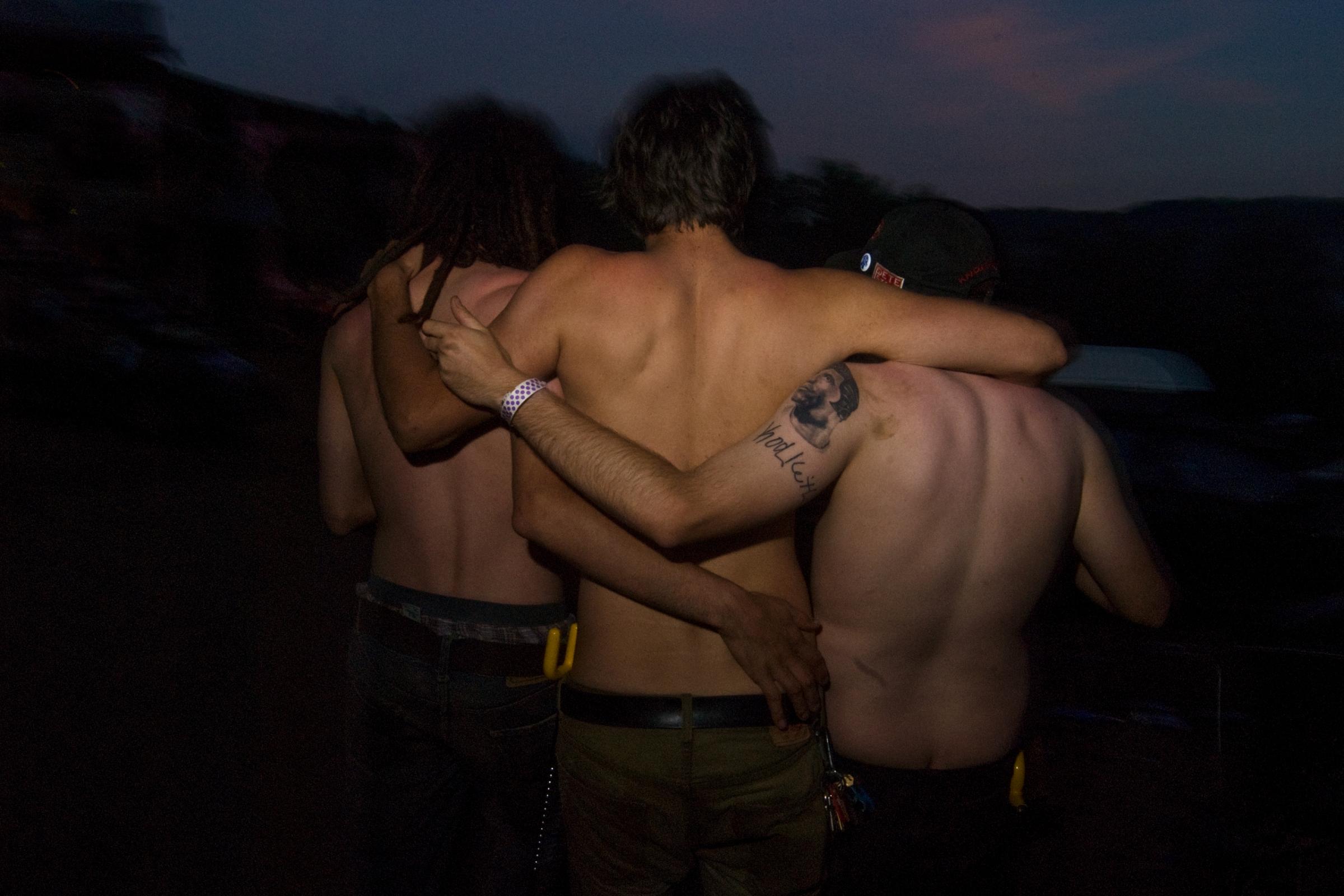
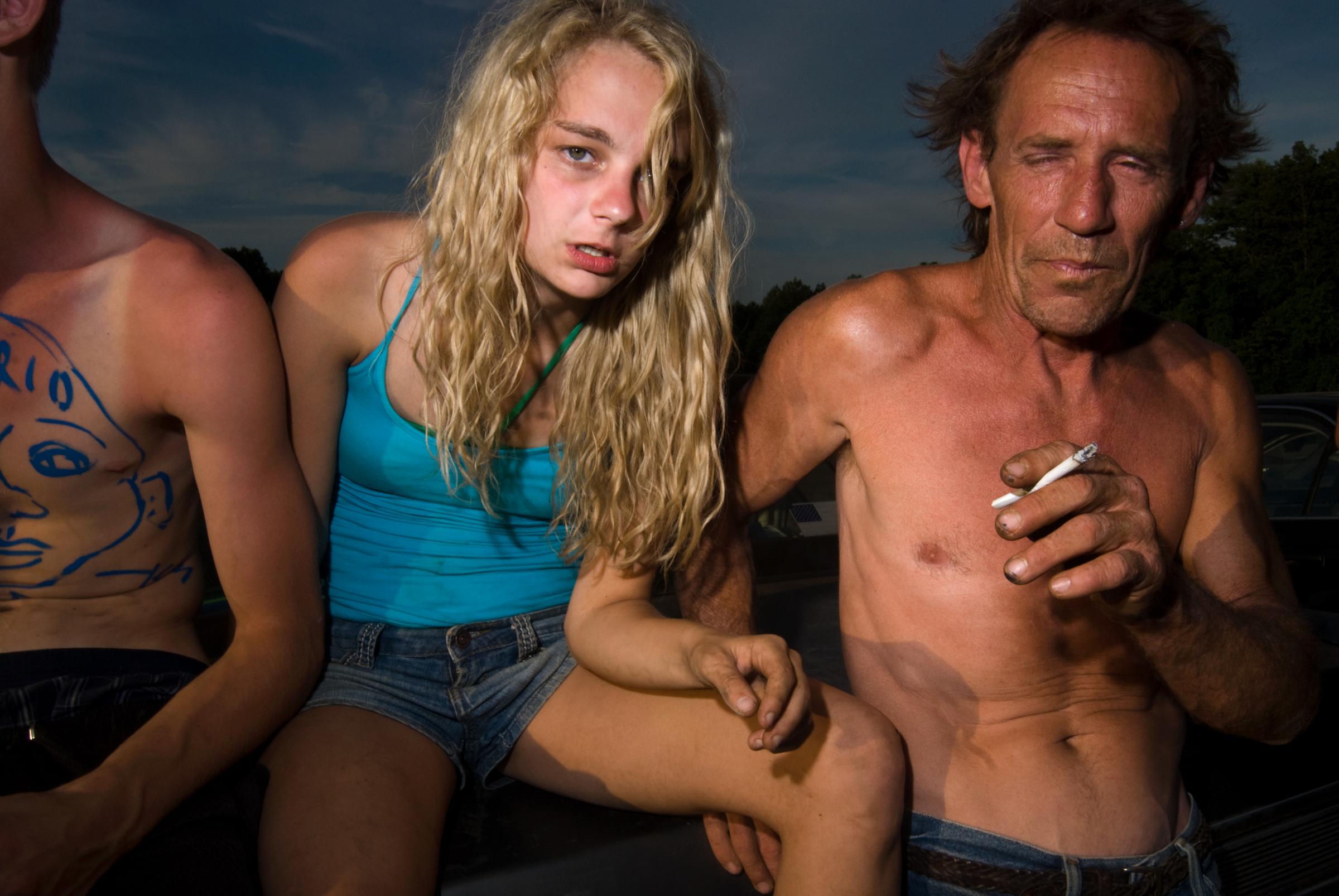


More Must-Reads from TIME
- Cybersecurity Experts Are Sounding the Alarm on DOGE
- Meet the 2025 Women of the Year
- The Harsh Truth About Disability Inclusion
- Why Do More Young Adults Have Cancer?
- Colman Domingo Leads With Radical Love
- How to Get Better at Doing Things Alone
- Michelle Zauner Stares Down the Darkness
Contact us at letters@time.com